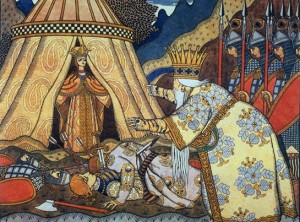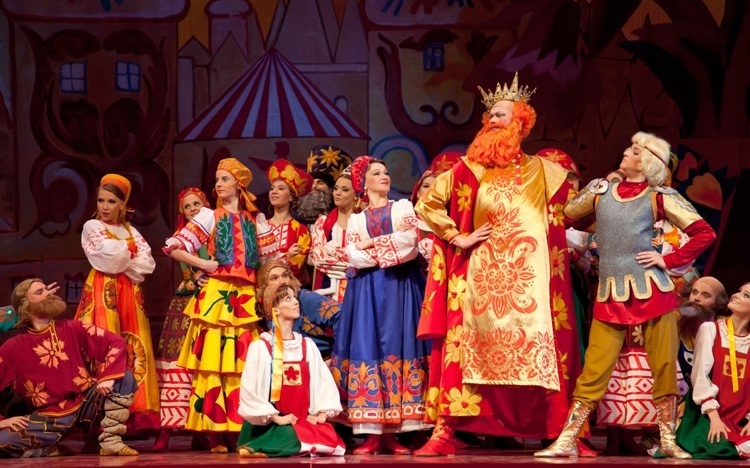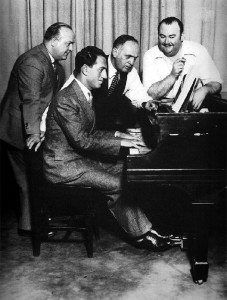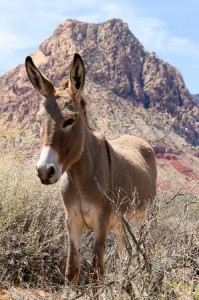Sometimes one’s own unconscious snobbery can deprive one of delightful experiences. When I first started to listen to classical music, as a teenager, I scrimped and saved to purchase recordings from the “bargain bins” in record stores. These were mostly cheap re-issue labels that had performances from a generation before — often brilliant ones, but with audio quality that was no longer acceptable to audiophiles. The pieces were the standard concert repertoire, including many pieces that were extremely popular with concert-goers, but not considered particularly “deep.” When you listen to a lot of music, you eventually tire of these concert work-horses, heard so many time, and stop playing them. As other, more arcane musical interests engage you, you forget about them. You “know” them, of course, but they sit in your record collection unplayed for years.
It’s a good idea to play them again, because they can bring back that spring-time feeling of discovering the pleasure of music. And often, you find that they are not nearly as weak as you have come to think of them. I recently played Nikolai Rimsky-Korsakov’s suite from his opera Le coq d’or [The Golden Coquerel]. After Scheherazade and Capriccio Espagnol, this is probably his most popular work, and there were many recordings available in the 1950’s and 1960’s. Since then, I suspect it has dropped off of concert programmes. Rimsky-Korsakov’s lush, playful orchestration, with its infusion of Central Asian musical flourishes on a firm Russian base, is not what people think of when they talk about “serious” music. But there was tremendous artistry in it. Stravinsky started out by imitating him, and he was a substantial influence on Ravel and Debussy. In personal character, he was not much like most composers: he maintained a career as a naval officer while simultaneously composing and teaching music. Though a military man, he was a life-long liberal, and highly political. Le coq d’or has a political subtext. It is based on a charming re-telling of a folktale by Pushkin. But the authorities in Tsarist Russia took it’s plot about a foolish Tsar who starts a pointless war as a thinly veiled criticism of the disastrous Sino-Russian war of 1905, and Rimsky-Korsakov had already been fired from his teaching post for supporting the student protests against the regime. The opera was banned, and its composer never heard it performed. The suite was put together from the opera score only weeks before his death, so he did not hear that either.
I first heard the suite in a fine William Steinberg performance. At least, I think it was fine, but I lost it long ago, and it is not readily available. What I have now is a reasonably good CD performance by David Zinman and the Rotterdam Philharmonic, and an old vinyl recording conducted by Issay Dobrowen, which is tolerable but a bit lethargic.
George Gershwin’s Rhapsody in Blue is, of course, in no danger of ever going out of fashion. But I hadn’t listened to it in years, except as snatches inserted into movies. Sitting down and listening to it with real attention reminded me how utterly delightful the piece is. No other piece of music can so perfectly evoke the America of optimism, high spirits, and freedom, where hopeful immigrant and African-American streams of music can fuse and weld. Gershwin himself called it a hymn to his country. What better way to forget, for a few minutes at least, the awful spectacle of a country now so degraded that vermin like Donald Trump and Ted Cruz can run for President? There are a gazillion recordings of it, and I have too many of them to list, but I would say that among old recordings, Earl Wild (conducted by Arthur Fiedler) and Oscar Levant’s are the most inspired, and though Leonard Bernstein is best known as a conductor and composer, he was also a pianist, and his performance of the rhapsody is one of the best. These are all, of course the “standard version” with the 1945 orchestration by Ferde Grofé. George Gershwin was a self-taught composer who began as a jazz musician. When he composed the rhapsody in 1924, he was not yet capable of producing a full orchestration, so Grofé, a musician in Paul Whiteman’s jazz orchestra, but with some classical training, took up the task. He produced a series of consecutive orchestrations, first for jazz band, then for successively larger orchestras. The 1945 orchestration is superb. Grofés contribution to the piece should not be downplayed. Much of the piece’s verve and emotional force comes from his contribution. You can see this when you listen to earlier orchestrations, such as the truncated one for Whiteman’s jazz band, or to the original solo piano and two piano versions. Particularly interesting is the existing recording of Gershwin himself playing the solo version. He plays it incredibly fast, practically at a gallop, and it feels very different from standard performances. After you have tried one of the standard recordings, take a look at Michael Tilson Thomas’s reconstructions of the earlier orchestrations.
Grofé went on to write several orchestral suites, many evoking American regions (Hawaii, San Francisco, the Hudson River, the Mississippi, Kentucky, even Hollywood). In his youth, Grofé had worked as a newsboy, bookbinder, truck driver, typesetter, and steelworker, and had wandered around the country. The most successful of these pieces with the public was The Grand Canyon Suite, and this is a prime example of the subconscious snobbism I mentioned: I don’t think I’ve listened to it for decades. Nobody would call it “highbrow” music. It even uses sheet-metal lightning and a whistling wind machine, for God’s sake! Not the mention percussive coconut shells used to simulate the march of a burro. The work was immensely popular in its day, but I doubt that it often gets a performance outside of Arizona in this age. But I have three recordings. One is a battered vinyl directed by Leonard Sladkin. On the B‑side, it has the very early Mississippi Suite, which is meant to convey the plot of Huckleberry Finn. Another is a thumping good performance by Toscanini that was broadcast on national radio, and the house audience was sufficiently unsophisticated as to break into applause between movements. Toscanini was a great conductor, but also a shamelessly hammy showman. The sound quality of this one is dreadful, but the performance is magnificent. Almost as good is a lively performance by Eugene Ormandy, who was sort of Toscanini’s heir in the art of pleasing the concert audience and selling classical music to a broad public.




0 Comments.